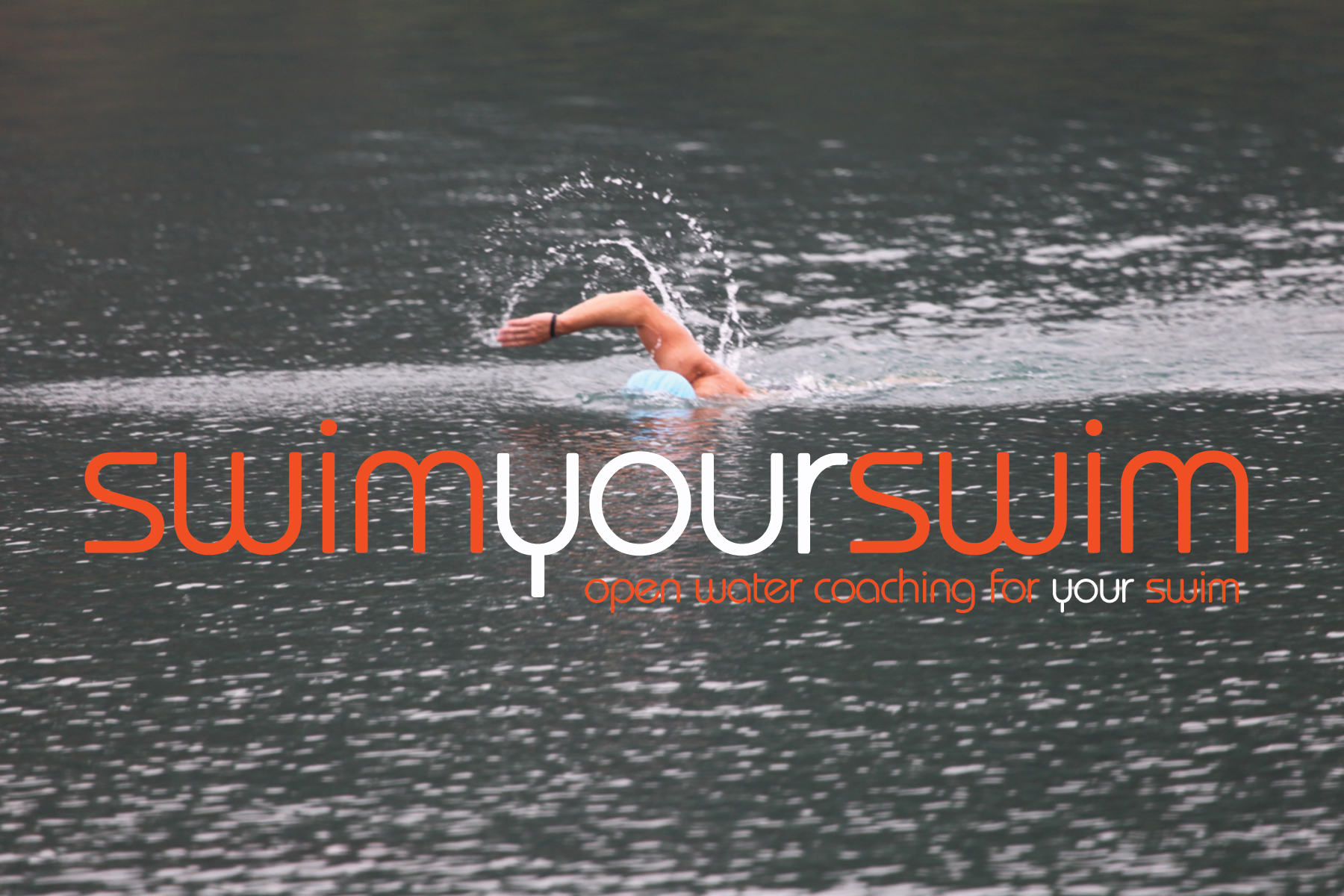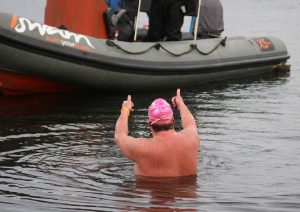With open water venues being closed during lockdown we would like to share these basic steps of water safety to help you stay safe and be in a better position to help if you are unfortunate enough to be involved in an incident around water. It’s a snapshot and not a comprehensive guide to open water rescue but hopefully the information will be helpful.
The triangle below used by the RLSS shows the level of risk involved in each type of rescue, starting with the safest, shout and signal, leading up to the highest level of risk, an in water tow.
We will be running STA rescue courses next year, virus permitting, but for now please feel to share if you find this information helpful.
Shout & Signal
The safest way to raise the alarm and get assistance. Use you phone to call the emergency services, the coastguard if on the coast but most importantly stay out of the water yourself. Keep shouting reassuarnce and get the casualty to float on their back if possible.
Throwing
If possible throw them anything that will float to keep them safe until the emergency services arrive, or they can reach safety by themselves, again stay out of the water yourself.
Reaching.
If the casualty is close enough to reach with a throw line or a reach pole make sure you’re safe and in a position where you can’t be pulled in, if reaching with a pole, lay down at the waters edge especially around canal’s and steep riverbanks. Many lakes are now installing throw lines in boxes similar to the defibrillator boxes, the access code is available via the emergency services by dialling 999.
Wading
If all of the above methods are exhausted wading into the water but going no further than up to your waist is the next method of rescue, this puts you at risk from immersion so please try the above first. You can use a reach aid to pull the casualty to safety.
Make sure someone is phoning the emergency services as you carry out the rescue.
Watercraft
Swimming in water colder than 10ºC can result in swim failure very quickly. Having a rescue boat on hand is not always possible, especially for wild swimming and more inaccessible stretches of water, however, it is the safest, both for your support crew and for the swimmer. If you are new to open water swimming we will always recommend you start your swimming journey off somewhere with experienced and qualified open water swimmers and rescue trained staff. Once you have built up your acclimatisation, gained the knowledge to help you stay safe, that in our opinion is the time to venture out.
Towing with an aid.
This along with the next section are the most dangerous forms of rescue, they involve you being in the water with the casualty who may be distressed and panicking. Staying out of reach and maintaining a safe distance is vital for your safety. An RLSS torpedo buoy is designed and certified as a rescue aid. Learning how to use one is an important tool in any open water swimmers knowledge and we would encourage as many swimmers as possible to get trained, especially if they are with organised groups and encouraging new swimmers into the water ( which is fantastic and something we all want ).
Towing
This is at the top of the safety triangle and is the most dangerous form of rescue. It puts you in direct contact with the casualty and shouldn’t be attempted without proper training. Panicking swimmers will do everything they can to survive, even if that means climbing on top of you, that’s what they will do, so stay safe use the bottom of the triangle first and call the emergency services as soon as possible.
We are happy to run free training sessions for local groups who wish to develop their knowledge and help others stay safe.
Most importantly enjoy the water and stay safe.






